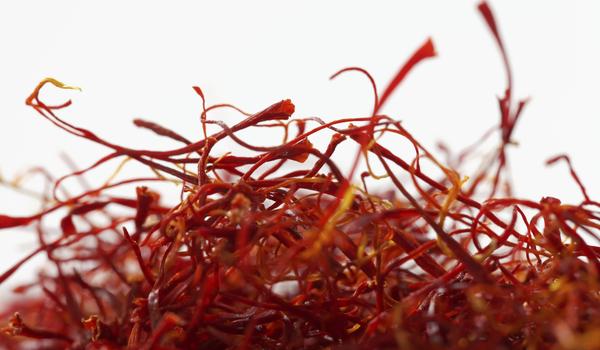Liver cancer


What is liver cancer?
- Cancer that starts in the liver is called liver cancer1
- The liver is the largest internal organ in the body and is involved in digestion, the breakdown of waste products, and blood clotting1
- Secondary liver cancer develops when cancer cells from another type of cancer, e.g. breast cancer, travel to the liver via the bloodstream2

Types of liver cancer
- There are several different kinds of liver cancer: hepatocellular carcinoma, intrahepatic cholangiocarcinoma, angiosarcoma and haemangiosarcoma, and hepatoblastoma1
- Hepatocellular carcinoma is by far the most common type1

Who gets liver cancer?
- Liver cancer mostly affects people aged 60 years or older;2 hepatoblastoma is a very rare kind of cancer in children1
- Many cases of liver cancer are linked to cirrhosis; heavy drinking, non-alcoholic fatty liver disease, and hepatitis B and C can all lead to cirrhosis3
- It is the 6th most common cancer worldwide4
- 782,000 new cases were diagnosed worldwide in 20124

Screening, detection, and diagnosis
- People at high risk of developing liver cancer can be screened using ultrasound scans and a blood test for a protein called alphafetoprotein5
- The following tests are used for diagnosis :5
- CT and MRI scans
- Biopsy
- Laparoscopy

Patient guidelines
A patient guideline is a document containing information for patients and their families about their disease and the treatment options available to them
Click here to see the European patient guideline on your condition6

Local support groups
Contacting a support group may help you during diagnosis and treatment and afterwards

Infographics
Click here for information on the incidence of liver cancer in Europe7
Glossary